If you’ve been in electrical contracting for any length of time, you know the job isn’t as simple as just wiring up a building and calling it a day. There’s a lot more going on behind the scenes—tight deadlines, complicated bids, juggling multiple projects at once, managing crews, and dealing with unexpected challenges that pop up daily. Sound familiar?
But here’s the kicker: the electrical contracting industry is about to change in ways most people aren’t even thinking about yet. And no, this isn’t the usual “technology will save the day” story you’ve probably heard dozens of times. There are some real, practical shifts happening that could completely reshape how contractors work, win jobs, and grow their businesses over the next few years.
Curious about what these changes are? Let’s take a closer look.

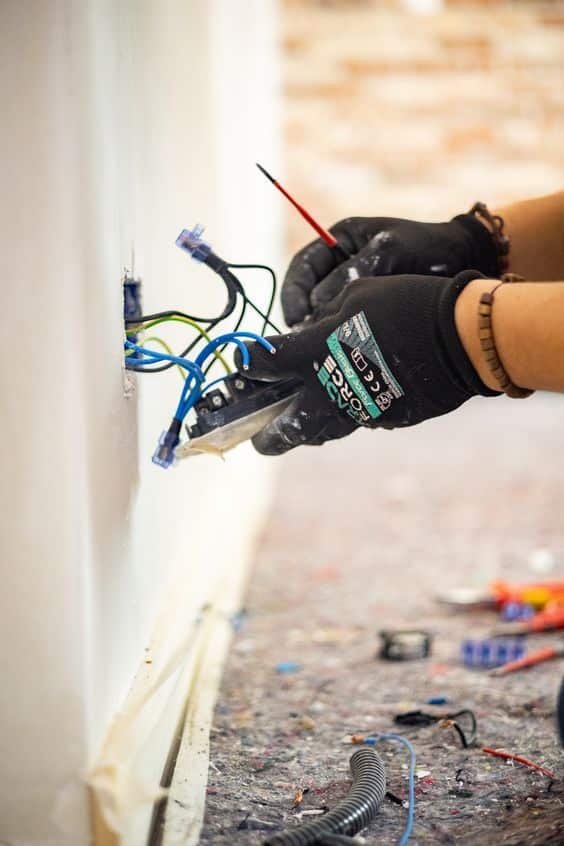
Tech Is Getting Smarter — And It’s Not Just About New Gadgets
We all use technology in one form or another, right? Maybe a project management app here, a spreadsheet there, some digital invoicing tools… But the next wave of tech coming into electrical contracting is way beyond that. We’re talking artificial intelligence, automation, and smart devices that don’t just collect information—they analyze it and help you make better decisions.
Take IoT (Internet of Things) devices, for example. These little gadgets can monitor electrical systems in real-time, spotting problems before they turn into costly failures. Imagine a device on a site that alerts you immediately when something’s off, giving you a chance to fix it before it becomes a major issue. This isn’t science fiction anymore; it’s already happening.
But here’s the thing—most contractors haven’t really caught on yet. It’s not just about buying some fancy new gadgets and hoping for the best. It’s about changing the way you work, adapting your processes to take advantage of this smarter tech. And that’s a big leap for many.
So, the question is: are you ready to step up and start working smarter, or will you stick to the old ways until you get left behind?
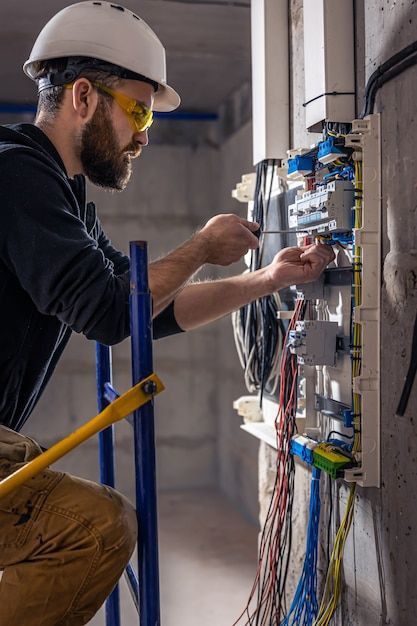
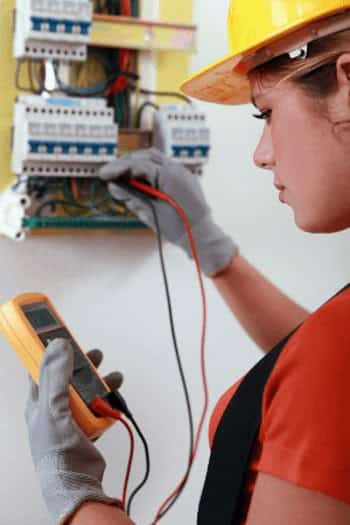
Data Is the Game Changer You Didn’t Know You Needed
If you’ve ever felt like projects are a messy jumble of numbers, deadlines, and people, you’re not alone. But what if you could cut through all that chaos with clear, reliable data?
That’s the power of analytics tools, which are rapidly becoming must-haves for contractors. These tools take all the bits and pieces of your projects—labor hours, materials costs, subcontractor performance—and turn them into simple insights that help you see what’s really going on.
Want to know which jobs actually made you money? Which ones cost you? Curious about which subcontractors are holding up your schedule or going over budget? You’ll see all that clearly, no guessing required.
This is where something like electrical estimating software quietly becomes a hero. It’s not just about punching numbers into a calculator or putting together a bid faster. Good estimating software pulls data together and helps you spot trends and avoid mistakes before they happen. It gives you a clearer picture of what your jobs will really cost—and helps you bid smarter and more confidently.
In short, data-driven decisions aren’t just for big companies anymore. They’re becoming the secret weapon of savvy contractors who want to keep their margins healthy and grow steadily.

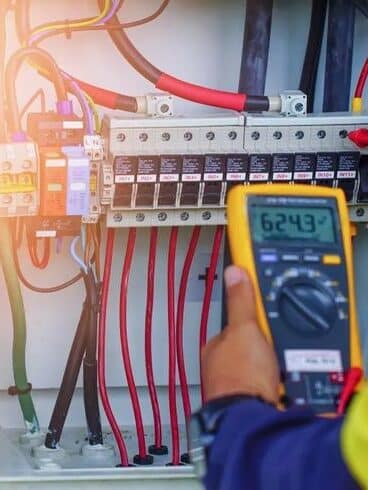
Green Is More Than Just a Buzzword — It’s a Business Opportunity
Look around and you’ll see it everywhere: clients asking for energy-efficient electrical installs, solar-ready wiring, electric vehicle charging stations, and other sustainable solutions. This shift isn’t just about jumping on the “green” bandwagon because it’s trendy. It’s about saving money over the long haul and doing what’s right for the planet.
Contractors who learn these new skills and maybe even get certified in green technologies are already seeing benefits. This isn’t some far-off idea anymore—it’s happening now, and it’s quickly becoming a baseline expectation for many projects, especially commercial and government contracts.
You might wonder if it’s worth investing time and money in this area. The answer is a resounding yes. Getting ahead on sustainability doesn’t just help the environment; it also helps your bottom line. Clients want to work with contractors who know their stuff when it comes to green tech. So being an early adopter could be your ticket to more business and better reputations.
The Skills You Need Are Changing — Are You Keeping Up?
Here’s a hard truth: the electrical trade is facing a shortage of skilled workers. At the same time, the job itself is changing. The electricians and contractors of the future won’t just be great with wires and breakers—they’ll need to be comfortable with complex tech systems, able to interpret data, and fluent with digital tools.
Training programs are starting to catch up with these changes, but contractors need to take charge of their own learning, too. This means investing in ongoing education, embracing new certifications, and maybe even hiring differently. Younger electricians coming into the trade are more tech-savvy and expect to work with modern tools.
If you want your business to thrive, you’ll need to build a team that’s ready for this new reality—people who can manage smart devices, use software effectively, and understand how to leverage data to improve every job.
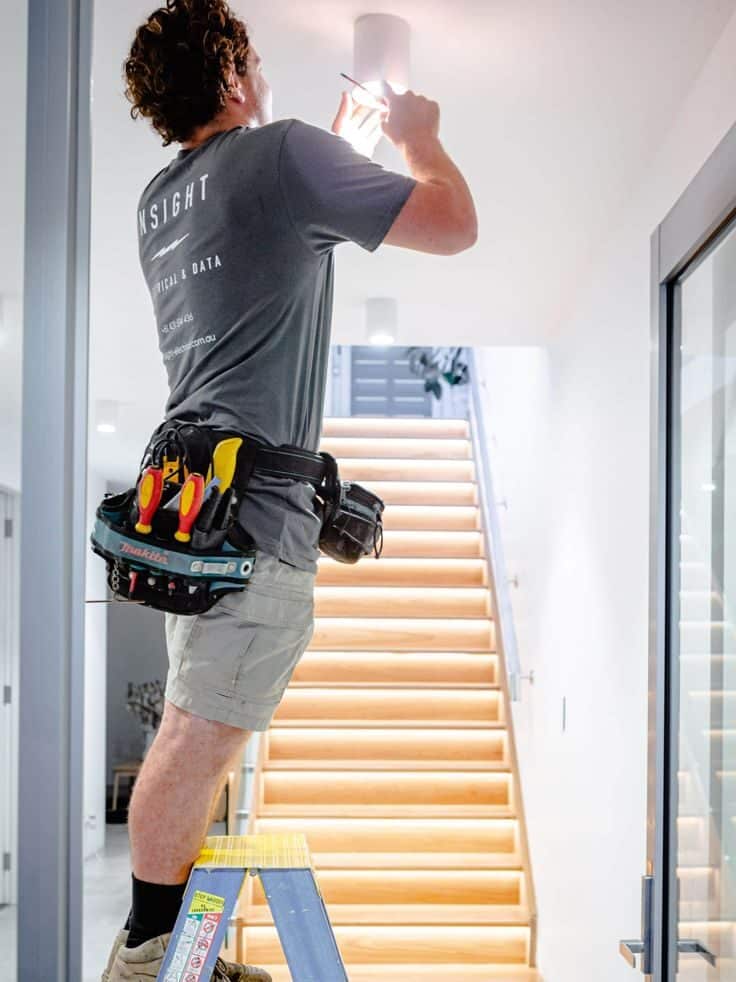
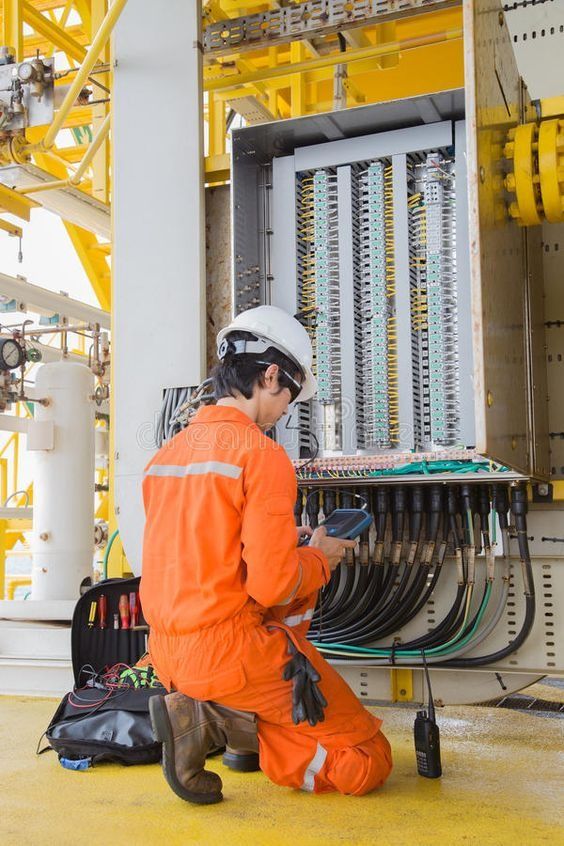
Why Old-School Estimating Methods Are Holding You Back
Here’s something a lot of contractors don’t want to hear: if you’re still estimating projects with manual calculations or basic spreadsheets, you’re probably losing time—and money. Estimating today is no longer just about crunching numbers; it’s about using integrated, automated systems that improve accuracy and speed.
Modern estimating software connects with your project management and accounting systems, making it easier to create accurate bids quickly and avoid costly errors. This means fewer lost jobs and better control over your margins.
Plus, these tools help you capture detailed historical data, which can improve your estimates over time. Instead of guessing based on past experience alone, you can make data-backed bids that win more often.
What Does All This Mean for You?
So, what’s the big picture here? The future of electrical contracting isn’t some distant concept—it’s happening now. And it’s about more than just shiny new tools. It’s about adopting smarter ways of working that help you save time, reduce errors, win more bids, and build a stronger business.
Whether it’s embracing smart tech, using data to make decisions, learning new green skills, or ditching outdated estimating methods, contractors who adapt will be the ones who succeed.
If you’re wondering where to start, exploring how estimating software fits into your workflow is a great step. It’s not just a tool—it’s a way to bring clarity and efficiency to your bidding process, helping you focus on what really matters.
Change isn’t coming—it’s already here. The real question is: will you catch the wave and ride it, or get left behind?
- 0shares
- Facebook0
- Pinterest0
- Twitter0
- Reddit0


